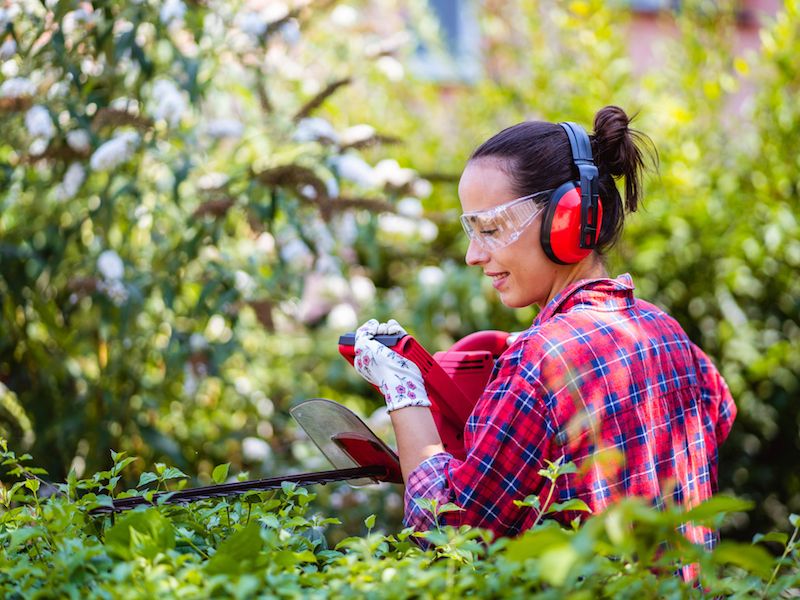
Eating right and protecting your hearing have some similarities. It’s difficult to know where to start even though it sounds like a good idea. If there aren’t any obvious noise risks and you don’t consider your daily environment to be especially noisy, this is especially true. But your ears and senses can be stressed by day-to-day living, so practicing these hearing protection techniques can help maintain your auditory acuity.
If you want to continue to enjoy the sounds around you, you need to do everything you can to impede down the deterioration of your hearing.
Tip 1: Wearable Hearing Protection
Using hearing protection is the most practical and basic way to safeguard your ears. This means taking basic actions to lessen the amount of loud and damaging noises you’re subjected to.
This means that when it’s called for most people will want to wear hearing protection. Hearing protection generally comes in two basic forms:
- Ear Muffs, which are put over the ears.
- Ear Plugs, which are placed in the ear canal.
Neither form of hearing protection is inherently better than the other. There are advantages to each type. What’s significant is that you get some hearing protection that you feel comfortable wearing.
Tip 2: Know When Sound Gets Harmful
But
The following threshold is when sound becomes hazardous:
- Over 100 dB: Your hearing can be very quickly injured by this. Damage is done in around thirty seconds with anything over this threshold. Jet engines and rock concerts, for instance, can damage your ears in about thirty seconds.
- 85 decibels (dB): This level of sound is harmful after roughly two hours of exposure. Your hairdryer or a busy city street are both scenarios where you will find this volume of sound.
- 95-100 dB: This is the normal level of your earbuds or the level of farm equipment. After about 15-20 minutes this volume of noise becomes hazardous.
Tip 3: Your Phone Can Become a Sound Meter
We can take precautions to limit our exposure, now that we have an idea of what volumes will be hazardous. The trick is that, once you’re out in the real world, it can be difficult to gauge what’s loud and what isn’t.
Your smartphone can now be used as a handy little tool. There are dozens of apps for iPhone, Android, and everything in between that turn your device’s microphone into a sound meter.
In order to get an idea of what hazardous levels of noise really sound like, use your sound meter to confirm the decibel level of everything you are hearing.
Tip 4: Keep Track of Your Volume Settings
A smartphone with earbuds is commonly the way people listen to music these days. This creates a dangerous scenario for your hearing. Over years of use, earbuds set to a substantially high level can cause significant injury to your hearing.
That’s why safeguarding your hearing means keeping a sharp eye on your volume control. In order to drown out sounds elsewhere, you should not raise the sound level. in order to make certain that volume doesn’t get too high, we recommend using volume settings or app settings.
Earbud use can become something of a negative feedback loop if your hearing begins to decline; in order to compensate for your declining hearing, you could find yourself continuously rising the volume of your earbuds, doing more damage to your ears in the process.
Tip 5: Have Your Hearing Checked
You might think that getting a hearing test is something you do only when your hearing starts to wane. The issue is that it’s not always easy to detect a problem in your hearing without a baseline to compare results to.
Scheduling a hearing screening or exam is a good way to obtain data that can be used for both treatment and analytic purposes, making certain that all of your future hearing (and hearing protection) decisions have some added context and information.
Pay Attention to Your Hearing
It would be perfect if you could constantly safeguard your ears without any difficulty. But there will always be challenges. So whenever you can and as often as possible, safeguard your hearing. Also, get regular hearing examinations. Hopefully, these tips will give you a good start.
